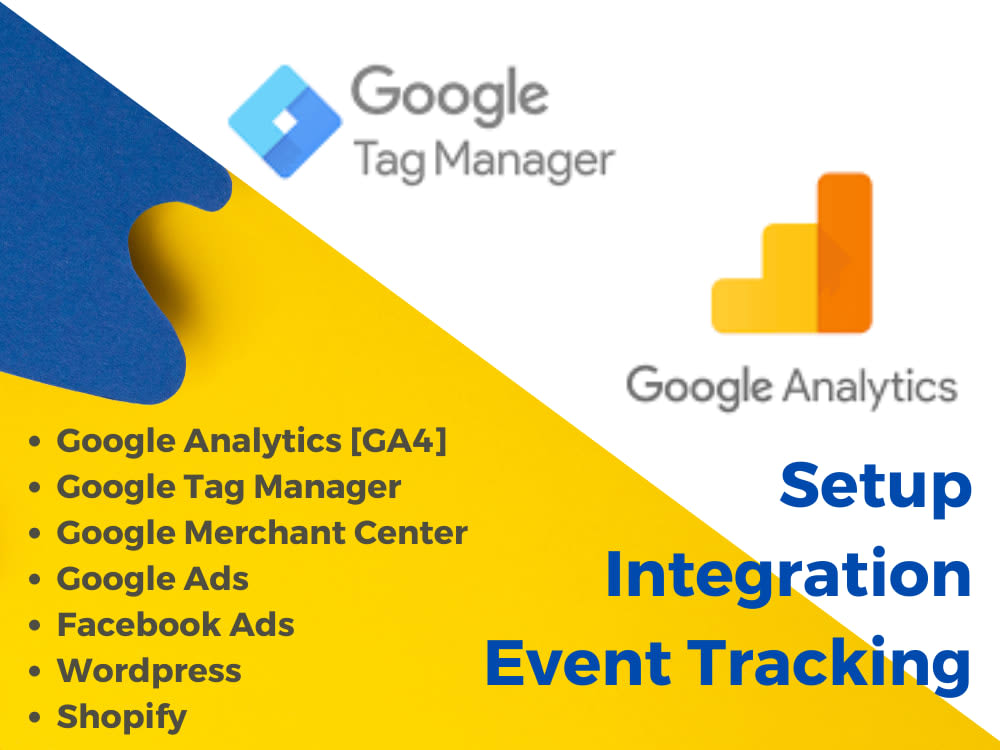The Ultimate Guide To Google Analytics Event Tracking
Wiki Article
Some Ideas on Google Analytics Event Tracking You Should Know
Table of ContentsThe 25-Second Trick For Google Analytics Event TrackingTop Guidelines Of Google Analytics Event TrackingEverything about Google Analytics Event Tracking7 Simple Techniques For Google Analytics Event TrackingThe 30-Second Trick For Google Analytics Event TrackingThe Greatest Guide To Google Analytics Event Tracking

If you're mosting likely to establish event monitoring manually, then you're mosting likely to have to include some additional code to the elements you intend to collect information from. The code you're going to collaborate with will look something like this: There are 4 elements within that code fragment that you're mosting likely to require to define on your own: occasion, Category, occasion, Action, event, Label and occasion, Value.
As you can see, two of these are called for (classification and action) while label and worth are optional. It all depends on the sort of details you want passed on back to Google Analytics when an individual clicks on the specified element (Google Analytics Event Tracking). It will certainly be much simpler to specify these parts if you analyse your website and choose which elements/actions you intend to track
Some Known Details About Google Analytics Event Tracking
Currently, you'll be asked to define the and and you'll intend to choose from the drop-down menu that appears when you click. This will raise the same event tracking components we considered earlier, which you'll require to submit. As soon as you have actually defined these, you can relocate to the 2nd box and choose the trigger that will certainly discharge your tag.On the next display, you'll also have an area for naming your trigger and, if you click on the box, you'll see a list of the various triggers you can choose. In this case, we wish to choose and then select the option listed below. You'll set the trigger to only discharge when a component is clicked with a Link that contains the.
Easy - Occasion tracking! Event monitoring gives you an image of exactly how customers engage with your web site and company. check out this site Check out on as we explore every little thing you require to understand, including what it is, why you must track events, how to take care of events data, and other appropriate Frequently asked questions you may have.
The Buzz on Google Analytics Event Tracking
You can switch over in between your event groups, actions, and labels in the Top Occasions report. The Occasion Pages report shows the web pages where occasions are set off.Occasions in Google Analytics have 4 major elements. Google Analytics makes use of these codes to track individual interactions and team them right into event records (Google Analytics Event Tracking).
After that, select "Variables" > "Configure". A listing of the parameters you can track on your web site is on the. Under Clicks, Forms, and Videos, double-check each criterion. After examining all necessary fields, you can click "X" to shut the home window and return to the Review food selection on the.
Not known Incorrect Statements About Google Analytics Event Tracking
Choosing "False" will certainly avoid that session from being a bounce. If you have not done so, you may require to establish a variable in the Google Analytics Settings box. Click "New Variable click here for more info ..." if you can not find one to pick. Hereafter, enter your GA tracking ID in the Tracking ID field.
To do this, adhere to the next series of activities: After setting up the areas, choose the "Triggering" section. When configuring your brand-new trigger, click the "+" button, then the "pencil" switch, then select your trigger kind.
The Best Guide To Google Analytics Event Tracking
When it comes to knowing which sections and components are assisting customers through your conversion funnel, you still won't know. So, without occasion tracking, GA reports will just count sees as single-page sessions, even if individuals spend a great deal of time on one web page and involve with it considerably (and a bounce).
However how does event monitoring attain this?Single-page sessions called bounces begin and conclude on the same web page. Without occasion tracking, GA will categorize a customer's see as a bounce if they do not navigate to another page, despite how they connect with it. A video-rich page can have a higher bounce rate if events are not tracked.
Google Analytics Event Tracking Can Be Fun For Everyone
However, for GA to take event hits into account when measuring bounce prices, you have to select "Non-interaction occasion" as "False" during the GTM configuration. Establishing "event goals" with event action is an exceptional means to monitor customer activities you value highly, such as new lead entries or click a phone call to activity.Report this wiki page